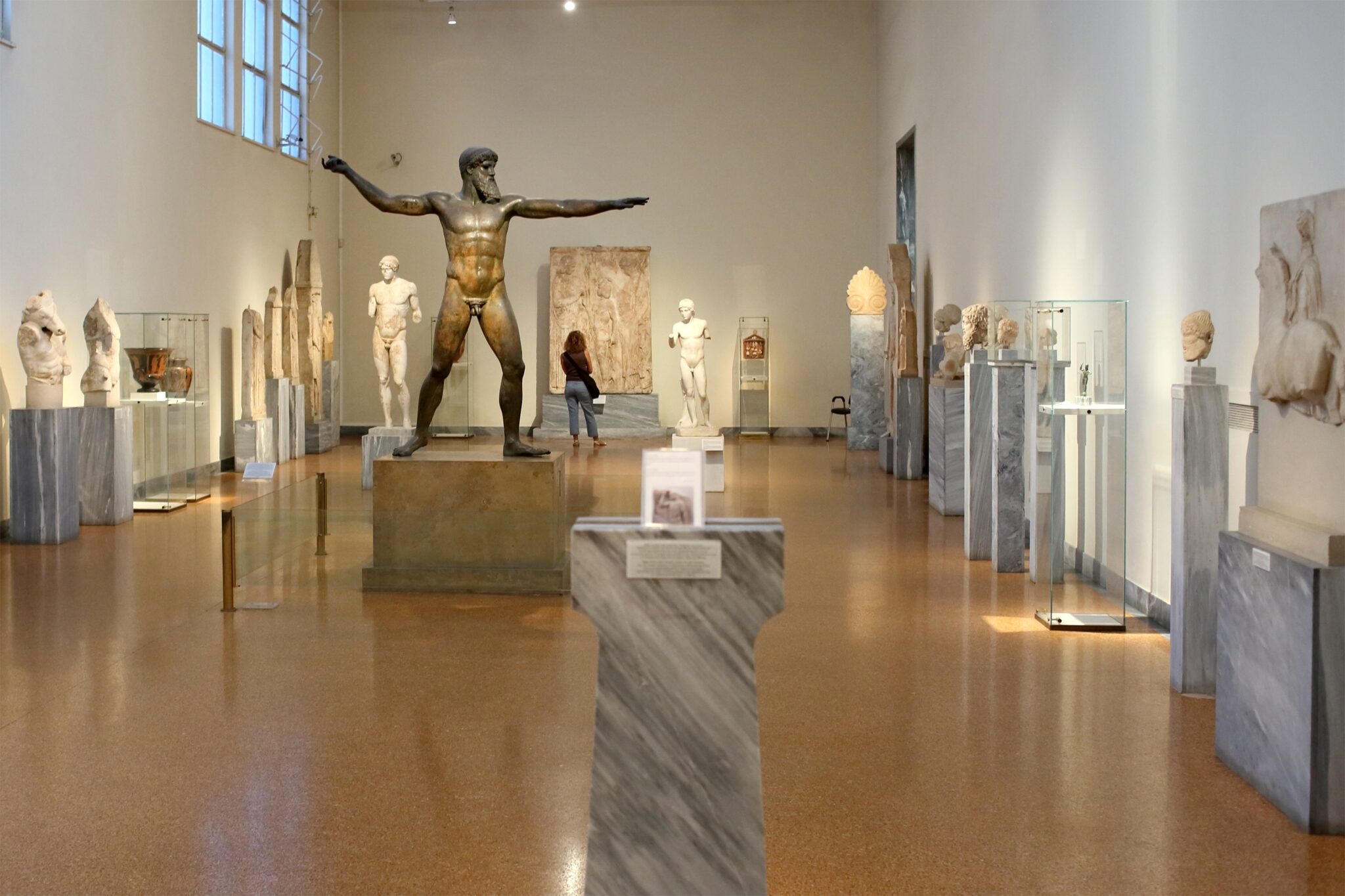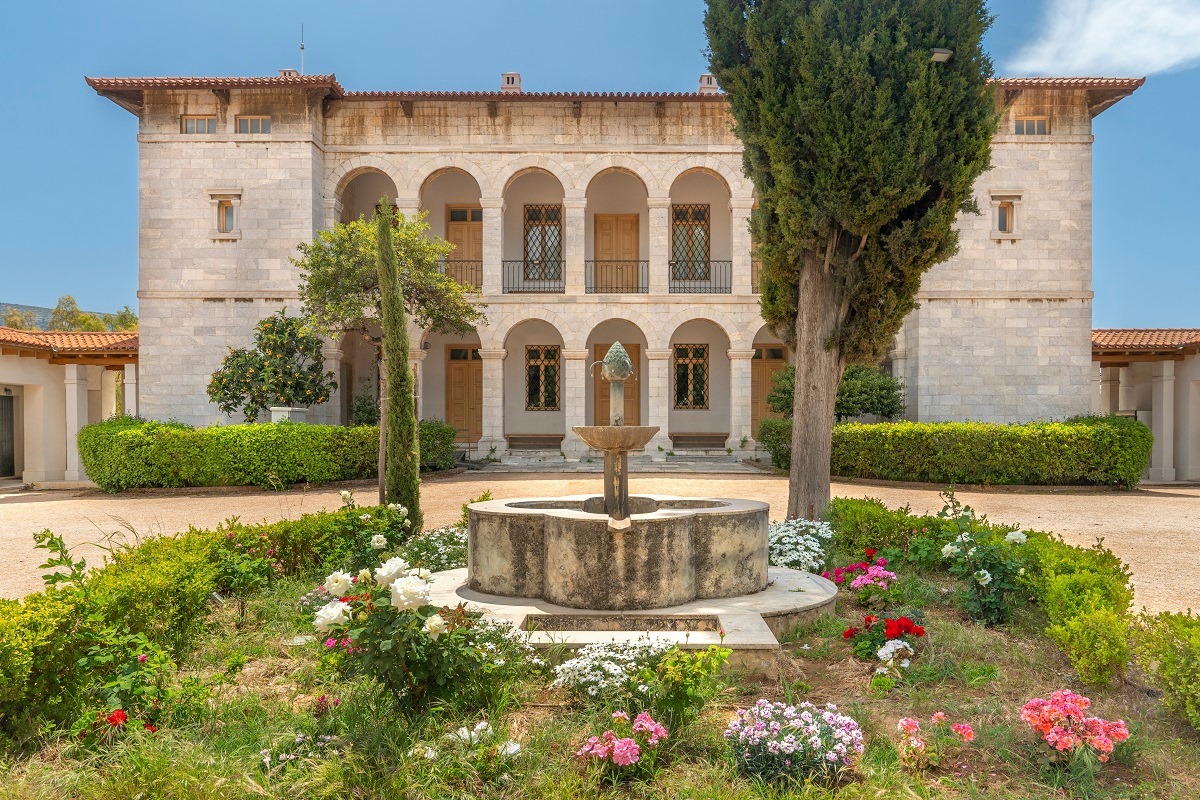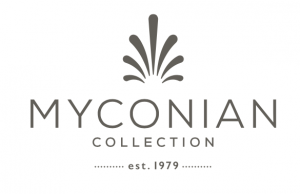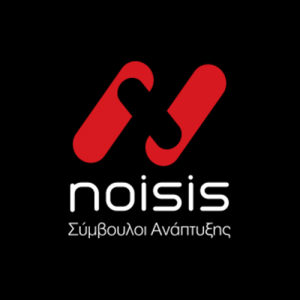The Magnificent Seven: Museums of Athens
- News
- Ειδήσεις
- Τουρισμός
-
Jan 17
- Share post

Athens is famous for its museums where you can admire unique exhibits that connect the past with modern European culture and democracy.
The New Acropolis Museum: Internationally regarded as one of the most complete and modern museums of its kind, the Acropolis museum is certainly unique. In many places the floor is transparent, leaving excavation sites below in plain view. The first of the museum’s three floors is home to objects from the slopes of the Acropolis. The second houses collections of objects from the Archaic period of Athens (7th century BC-480 BC) and the third has exhibits from the excavations and restorations carried out on the monuments of the Acropolis.
On the third floor, visitors can see what the sculptural decoration of the Parthenon would have looked like at the time of its creation. The temple’s original architectural pieces, the metopes and pediments, are displayed alongside replicas of marbles that have been destroyed or are held in museums abroad. The museum café has a view of the Acropolis. Guided tours are available. (15 Dionysiou Areopagitou Street. Tel. 210 9000900-1)
National Archaeological Museum: The National Archaeological Museum in Greece is a must-see for any history buff or culture lover. With over 20,000 artifacts, the museum offers an in-depth look at Greek civilization from its earliest beginnings to the end of ancient times. Housed in a grand, neoclassical building from the late 19th century, the museum’s 8,000 square meters of exhibition space holds five permanent collections: the Prehistoric Collection, the Sculptures Collection, the Vase and Minor Objects Collection, the Metallurgy Collection, and the Egyptian and Near Eastern Antiquities Collection. The museum welcomes thousands of visitors each year and offers guided tours for people with hearing impairments.
Info: 44 Patission Street
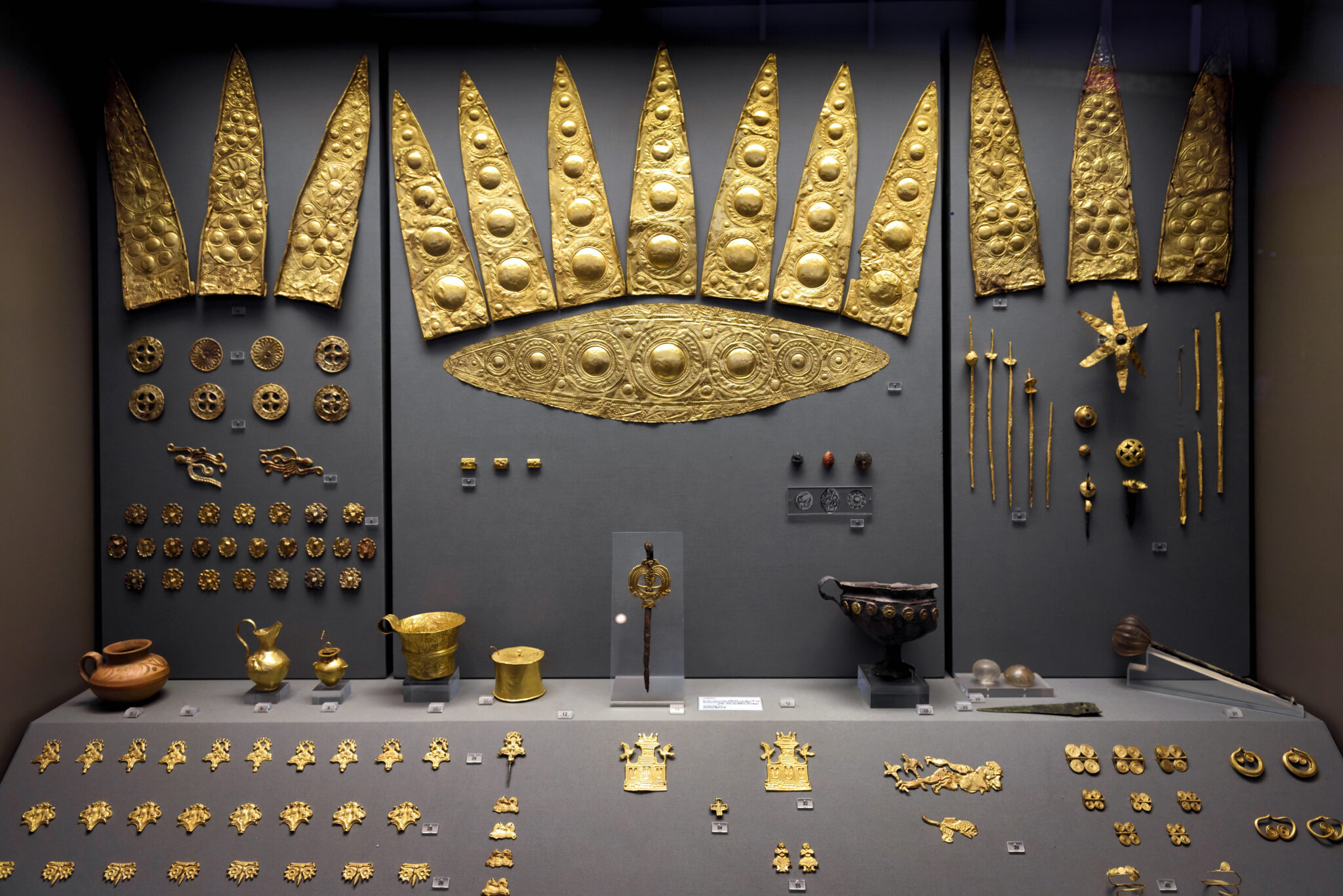
Benaki Museum: The Benaki House is a neoclassical building between Vassilissis Sophia Avenue and Koumbari Street, built in 1867. The Benaki Museum in Athens, Greece was established and endowed by Antonis Benakis in memory of his father Emmanuel Benakis, it was housed in the Benakis family mansion in the city center. The museum is dedicated to showcase Greek art, culture and history, it has a vast collection of Greek art pieces dating from prehistory till modern times, it also has a sizable collection of Asian art, it is also a hub of cultural activities and exhibitions. The main museum was re-opened in 2000, and since then it had a focus on Greek culture through different eras, creating satellite museums for specific collections.
Info: 1 Koumbari
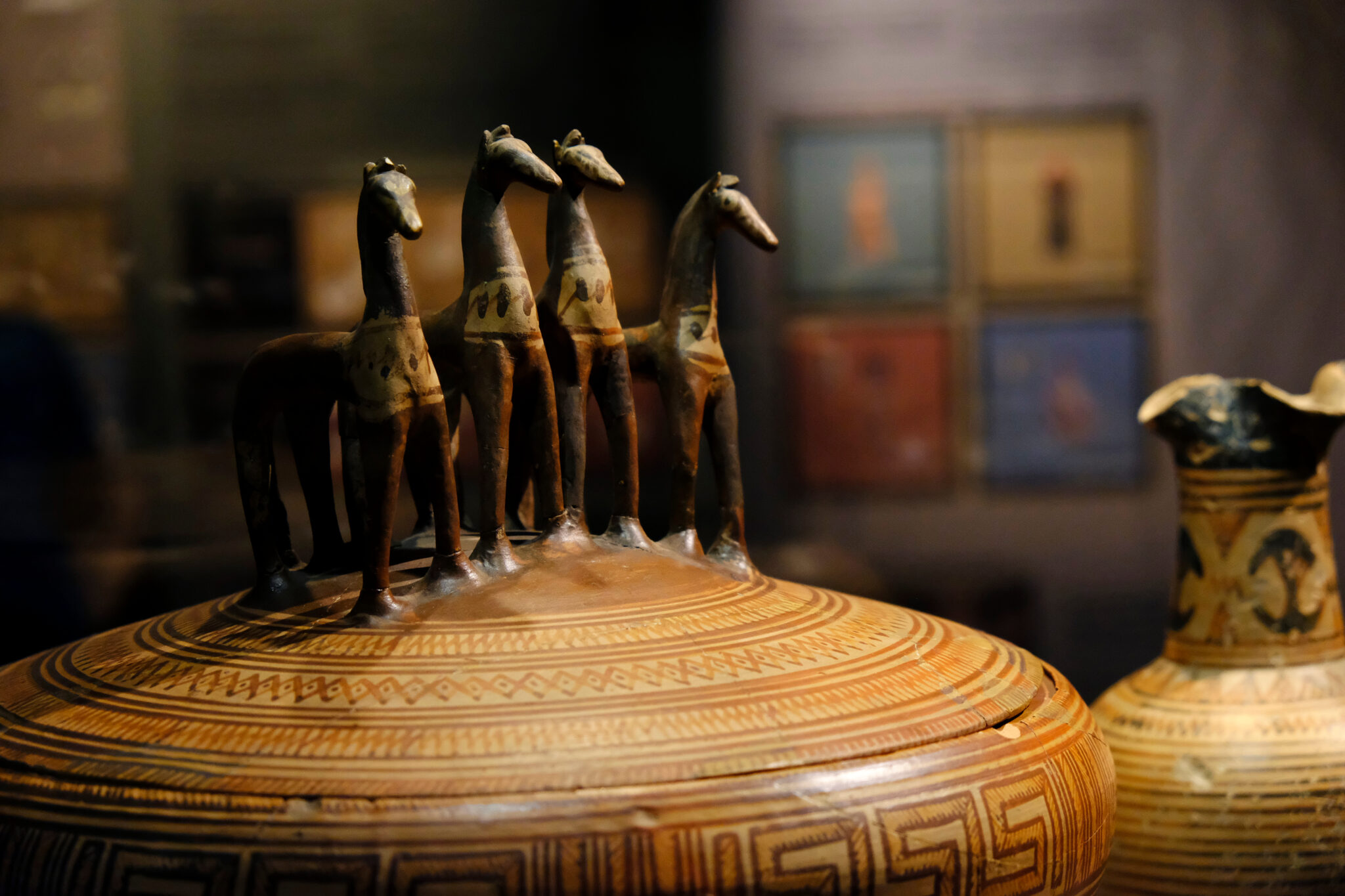
Museum of Cycladic Art: Housed in two separate buildings connected internally, the main building and the neoclassical gem Megaro Stathatos.
The Museum of Cycladic Art, located in the heart of Athens, is a vibrant cultural institution dedicated to showcasing the ancient cultures of the Aegean and Cyprus. With a particular focus on Cycladic art dating back to the third millennium BC, the museum offers a wide range of temporary exhibitions that explore archaeology and modern and contemporary art, giving visitors the opportunity to learn about important 20th and 21st century artists and the connections between ancient cultures and contemporary art. The museum boasts an impressive collection of over 3,000 artifacts of Cycladic, Ancient Greek, and Ancient Cypriot art, which provide insight into the cultural developments and interactions that occurred in the Aegean and Eastern Mediterranean from the 4th millennium BC to the 6th century AD.
Info: 4 Neophytou Doukas
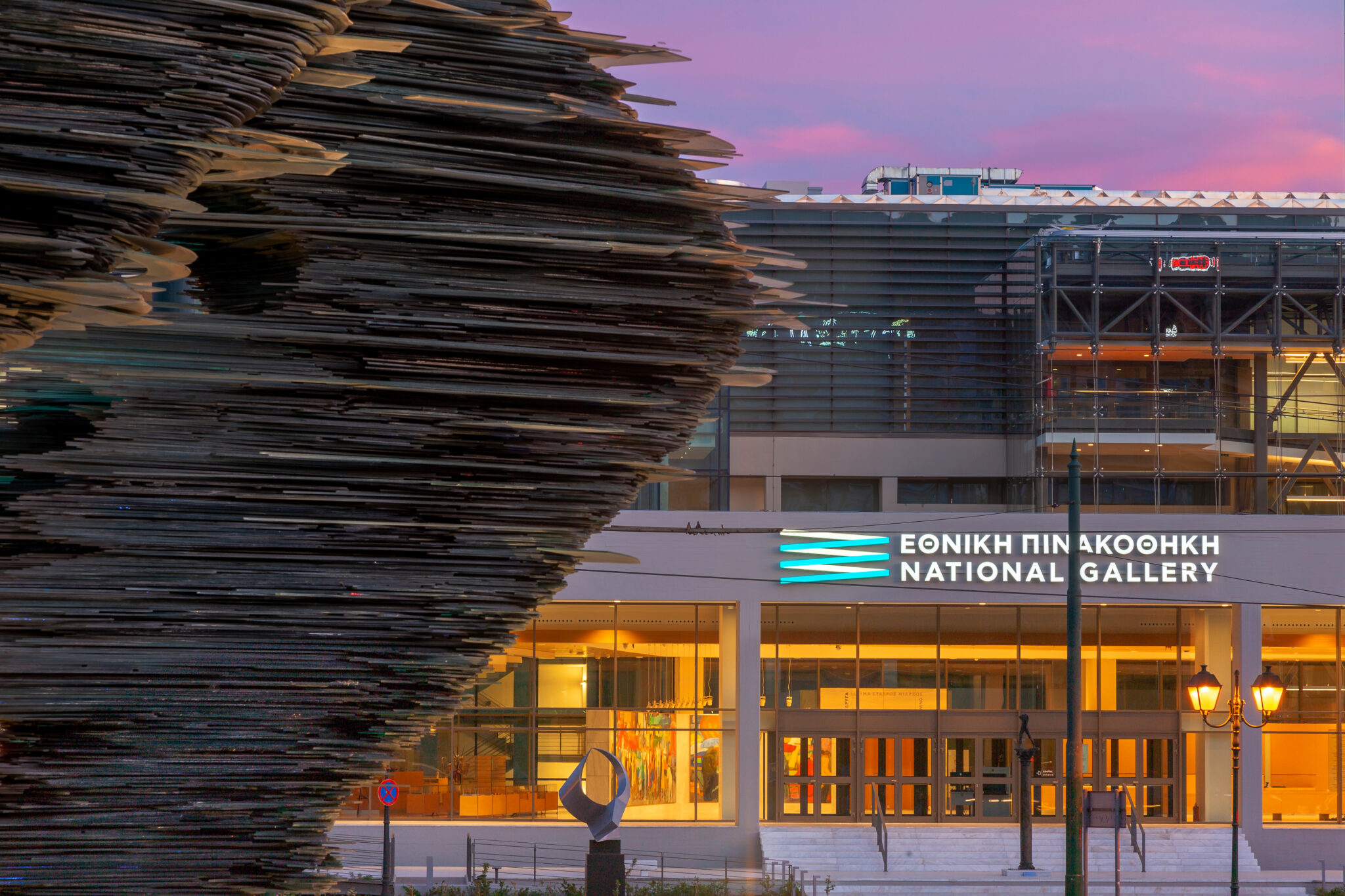
New National Gallery: The collections of the National Gallery (also known as the Museum of Alexandros Soutsos) moved to a new, large, state-of-the-art building at in 2021. The National Gallery of Athens is a must-see for art lovers, it re-opened in 2021 after a full refurbishment, it has works by European master painters such as Rembrandt and Picasso, but the real reason to visit is to witness the evolution of modern Greece through the works of its most prominent artists. The collection covers a wide range of themes and styles, from post-Byzantine years to key moments and personalities of the 1821 revolution. It features more than 1,000 works from notable modern Greek painters, spread out across a minimalist and chic decor. The lighting gives the impression that the paintings are almost luminous..
Info: 50 Vasileos Konstantinou Street (crossing with Vasilissis Sofias Avenue)
National Museum of Contemporary Art: The museum is located in the former brewery building in Koukaki neighbourhood, a short walk from the Acropolis, and the building’s design and minimalism of the exhibition spaces add to the overall experience. Promoting innovative and experimental artistic movements through painting, 3D artworks, photography, new media, architecture and industrial design. The museum not just a place to admire art but also to reflect on timeless themes and pressing issues of our epoch. here are regular temporary exhibitions but the permanent collection of 172 works from 78 international and modern Greek artists is the major attraction.
Byzantine and Christian Museum: The winter residence of the Duchess of Plakentia resembles a Tuscan Renaissance villa. It was designed by the architect Stamatis Kleanthi and completed in 1848. The museum, showcasing religious artifacts from the Early Christian, Byzantine, Medieval, post-Byzantine and later periods. With over 25,000 artifacts dating from between the 3rd and 20th century AD, the museum is a treasure trove of Byzantine and post-Byzantine art and culture. The artifacts are from throughout the Greek world, as well as regions where Hellenism flourished. The museum aims to not only exhibit but also acquire, preserve, research, and educate about the artifacts on display.
Info: 22 Vasilissis Sofias Street
There are several small museums in Plaka:
The Museum of Folk Art and Tradition (6 A.Hadjimichali)
The Jewish Museum (39 Nikis)
Museum of Greek Children’s Art (9 Kodrou)
The Melina Mercouri Foundation (11 Polynogotou).
Source: travel.gr


